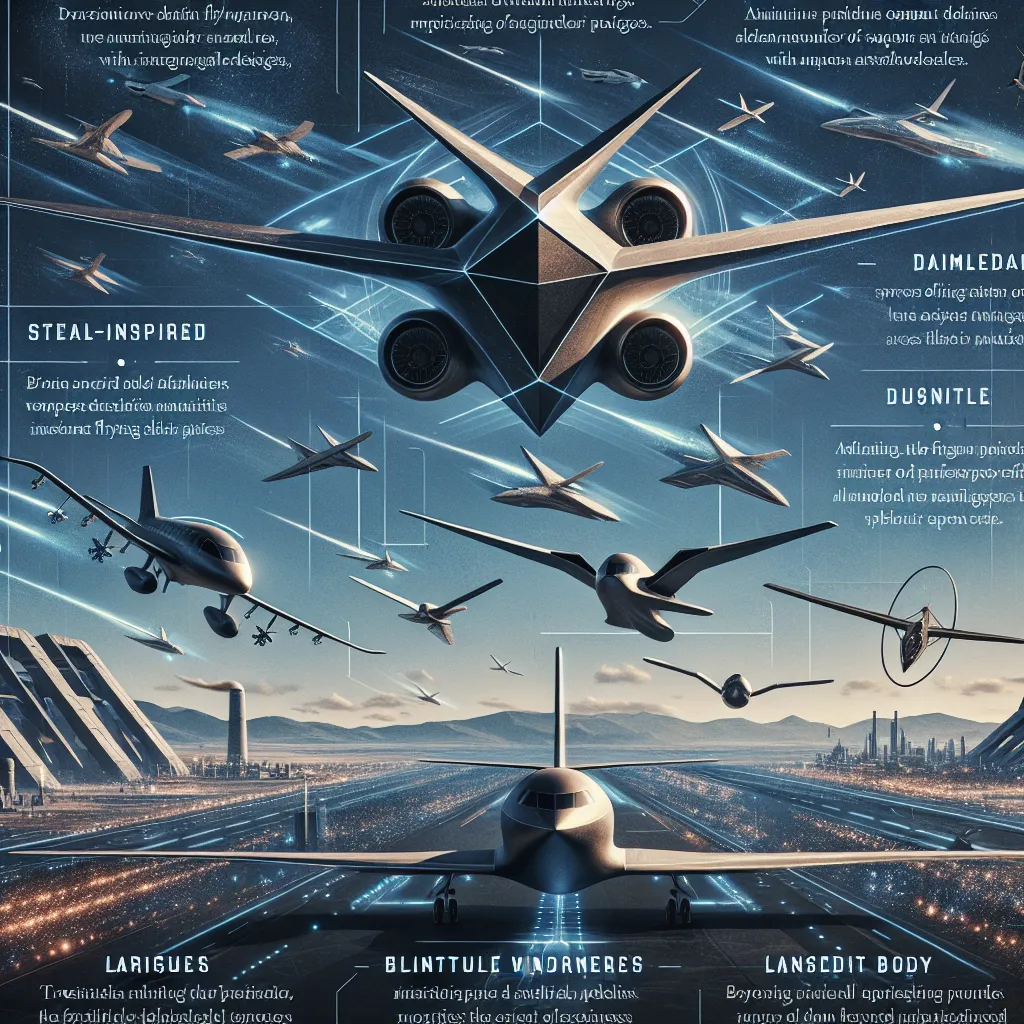Telepathy might sound like something out of a sci-fi movie, but it’s a real experience for many people. From twins who claim they can talk to each other without saying a word, to military operatives using what they believe are psychic powers, the debate over telepathy is both fascinating and controversial.
Let’s start in New York City, where twins Lisa and Debbie Ganss run a promotional agency filled with stories from other twins. Lisa recounts a time when she had a car accident in Australia. At that exact moment, Debbie, who was halfway across the world in New York, felt something was wrong. Without any phone calls or messages, Debbie began contacting people in Sydney, convinced her sister was in trouble. But science can’t easily confirm such experiences. Many twins report these kinds of connections, but are they truly psychic or just coincidences?
For a more controlled test, a professor of English once divided three sets of twins into different rooms to see if they could answer questions about British and American language differences. Some twins got surprisingly similar answers, even identical wrong ones. This might seem like telepathy, but many argue that it’s just a result of shared upbringings and similar minds.
In one fascinating experiment, 9-year-old twins Richard and Damen proved to their mom that telepathy might actually save lives. When Damen was suffocating, Richard supposedly sensed it and alerted his mom. Scientists put them to the test, separating them and monitoring their reactions with a polygraph machine. Though the boys’ physiological reactions sometimes mirrored each other, the conditions weren’t controlled enough to draw definitive conclusions.
Then there’s Joe McMonagle, a man hired by the U.S. government to use his telepathic powers for military intelligence. In an experiment, he tried to describe a random location in San Francisco just by focusing on a photo of the person who was there. Even though some of his descriptions matched, the results weren’t precise enough to be undeniably telepathic.
Over in Scotland, scientists are running what they call the Ganzfeld tests. Volunteers sit in a comfy chair, wearing a special cap that measures brain activity, and listen to white noise. They try to send mental images to another person in another room. Some results hint at telepathy, but the scientific community remains skeptical.
Similar studies continue at places like Bastyr University near Seattle. Volunteers claim to send mental signals that are detected in the brain waves of their partners. Although these tests sometimes show intriguing results, they aren’t conclusive enough to convince the broader scientific community.
So, does telepathy exist? Despite some compelling stories and interesting experiments, science has yet to find solid evidence. Until we have clear, replicable data, telepathy remains a mysterious phenomenon that sits at the intersection of curiosity and skepticism.






